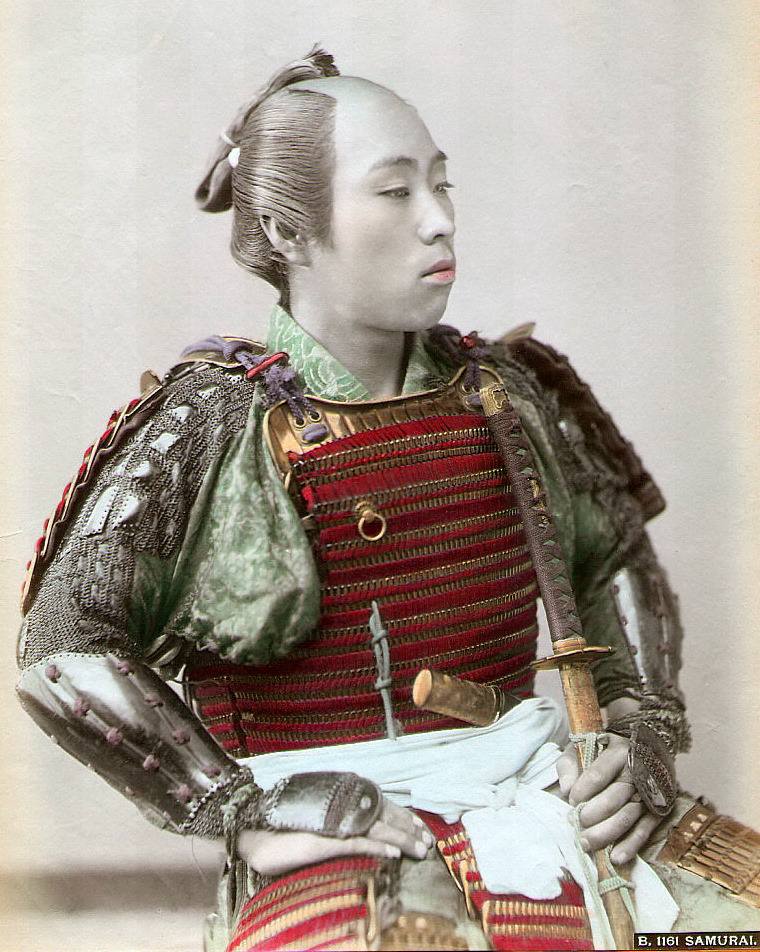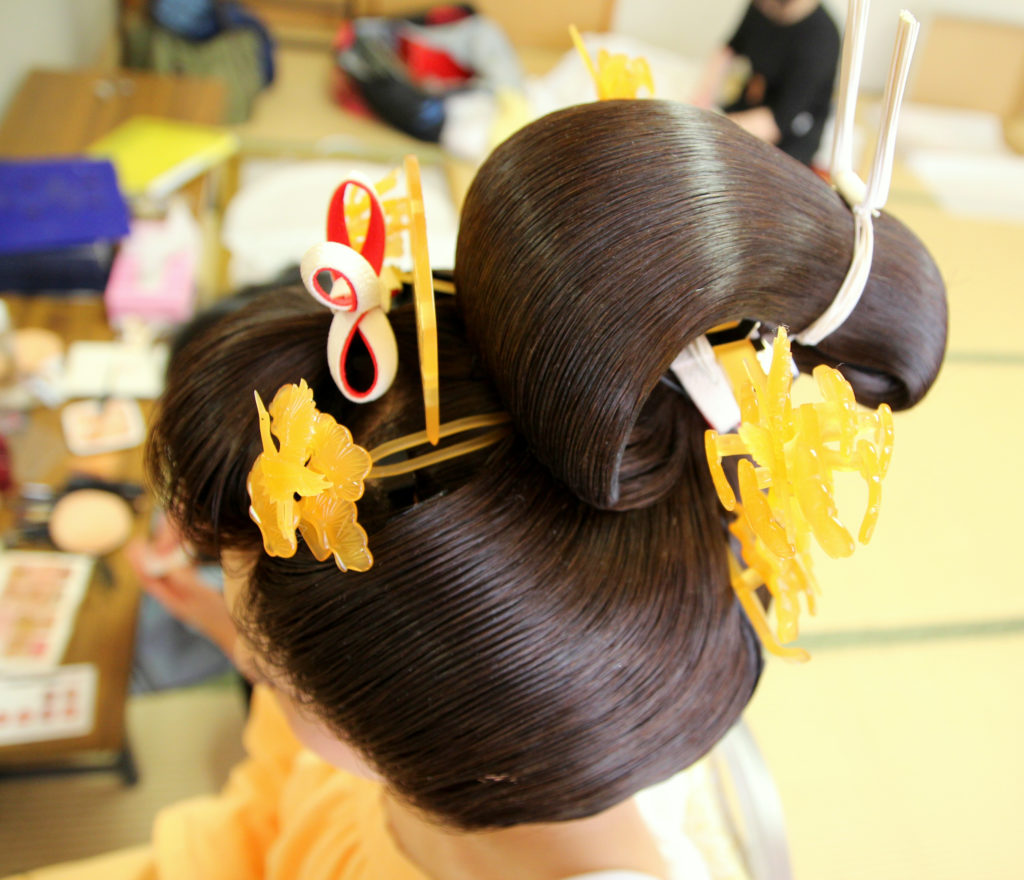
Chonmage, Shimada, and Other Traditional Japanese Hairstyles
Popular celebrities like Game of Thrones’ Kit Harington, Leonardo di Caprio, and Jared Leto have sported long hair tied in a knot, also known as man buns. Men have been wearing their hair long for centuries; it seems man buns are here to stay.
In Japan, the chonmage (丁髷) is a type of Japanese men’s haircut that was popular during the Edo Period (1603 to 1868). It is commonly considered the samurai hairstyle and is used by sumo wrestlers in more recent times. In the chonmage, a samurai warrior’s hair was cut in such a way that he could keep his helmet on his head when in battle.
Japanese samurai with chonmage hairstyle.
Later, it was considered a status symbol among Japanese society. Only men of high rank and status such as nobles and samurai were allowed to wear the chonmage.
The traditional chonmage is made by shaving the middle of the head all the way until halfway to the back of the crown. The remaining hair is oiled and tied into a ponytail, the end of which is placed at the back of the head in a topknot. It was considered a disgrace to have the topknot cut off.
Traditional Japanese hairstyles depict the colorful history of Japan. They can also tell us a lot about a person like their marital status and their place in society.
Tradtional Japanese Shinto wedding hairstyle.
Traditional Japanese hairstyles for women include:
Shimada (島田) – during the Edo period, this was a hairstyle commonly worn by girls in their late teens. Hair is gathered together at the crown of the head, and a small part of of the bun is sectioned to point outwards.
Hime cut (姫カット) or Hime katto – this type of hairstyle was documented in Heian Period works of art. It was also known as the princess cut and was a popular style for women at the imperial court. The hairstyle consists of straight hair with sidelocks cut until cheek-length with front fringes. The rest of the hair is worn straight and longer than the rest.
Yoko-Hyogo – this hairstyle came into fashion towards the end of the Edo period. It was usually worn by high-ranking women and courtesans.
The hair was usually gathered on top of the head and held together with combs and ornaments. The hair on each side would be heavily waxed and made into mounds. The hair near the center of the forehead was usually shaved to make the forehead appear higher. Japanese wood block prints and paintings of the era commonly depicted women in this hairstyle.
Check out a recreation of Edo period traditional Japanese hairstyles:
Take a look at our video!


